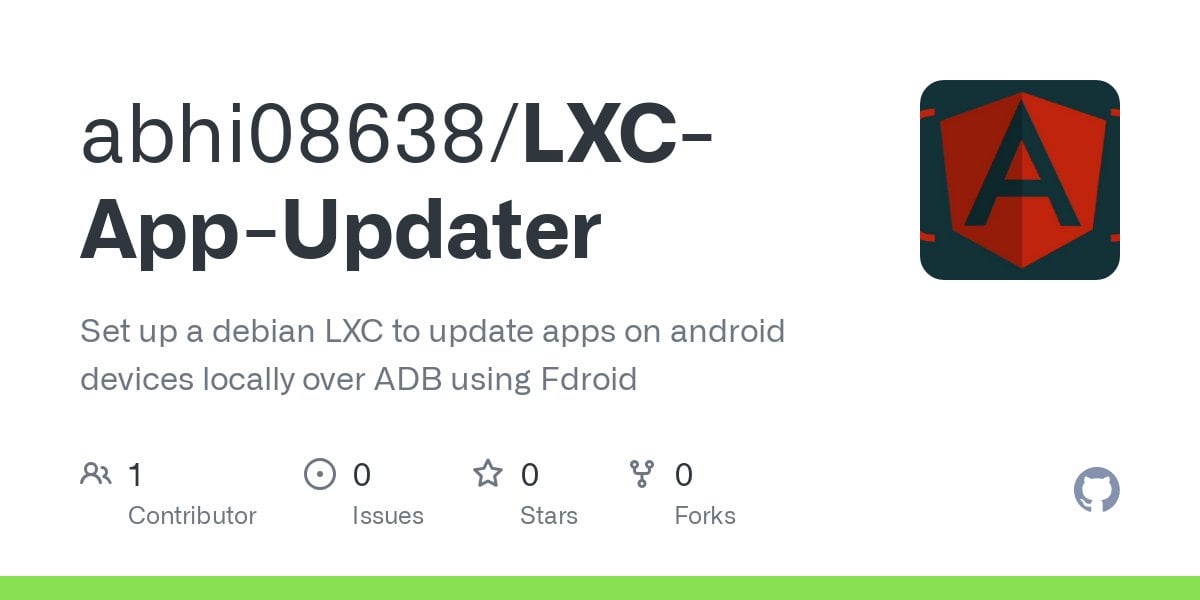This is an automated archive made by the Lemmit Bot.
The original was posted on /r/homeassistant by /u/Constant-Mention6265 on 2025-02-20 05:47:54+00:00.
For reference I use 5 Sonoff NS Panel 120’s in my home as HA Dashboards. These devices essentially run AOSP 8.0 and can run most android apps. The problem is that these devices will never get any security updates so they pose a security risk to your network.
SCOPE:
This guide is meant to restrict internet access on these devices to reduce the attack vector. It was created for the NS Panel Pro but it should work with any android tablet that has access to ADB. I will NOT be covering how to get the NS Panel Pro into the stock android launcher (see the below guides for that).
Script files can be found on my GitHub
Requirements
- ADB
- Some basic knowledge of networking
- A server for hosting and running the scripts
- Chrony add-on in Home Assistant
- A downside of blocking internet access to the tablet is that the clocks can get messed up. We will provide the tablets with an internal NTP server to sync the clocks instead
- Mosquitto Broker Add-on in Home Assistant
- This will be used to track the status of updates for the devices
Abbreviations/Terms
- ha.internal
- dns rewrite of my home assistant IP address
- I prefer not using the IP address just so if you need to change the IP of HA or even your subnet then you dont need to change these settings again
- NSP
- Short for NS Panel Pro
- All Path files are just references, use your own paths to your files
Prepping NSP
Follow this guide
- https://github.com/seaky/nspanel\_pro\_tools\_apk?tab=readme-ov-file#device-rooting-and-sideload
- I also like to go into the settings and set up the navigation bar
-
- Turn off start up sound
- Upgrade TTS Voice
- Useful for sending TTS notifications to the device to make it play messages
- Debloat Apps
- Commands listed below
Firewall Rules (Opnsense)
nsp_switches is an alias for the group of NSP devices with static ip address reservations
Prepping HA
We want to be able to track if an update was successful or not, so why not track it within home assistant itself using MQTT?
- Create an MQTT login for the LXC under the configuration tab of the Mosquitto Broker addon in HA
This will be used by the LXC to authenticate to the MQTT server
- Create an MQTT sensor in your configuration.yaml to track the sensor
- I created 1 sensor to track all my devices but you can create 1 sensor for each device if you wish
Prepping Server
You can use any linux server/computer you want but I am using a debian LXC in proxmox so my commands will be specific to debian.
- Install the fdroidcl package on your system +
- Install MQTT Broker
- sudo apt install mosquitto mosquitto-clients
- Create directories in root
- mkdir scripts
- mkdir downloads
- Create files in scripts folder
- nano adb-ips.index
- nano download-apps.sh
- nano install-apps.sh
- Add your scripts to Cron for the frequency you want
- crontab -e
- 0 11 1,15 * * ~/scripts/install-apps.sh
- crontab -e
Test it out an celebrate if all goes well!


